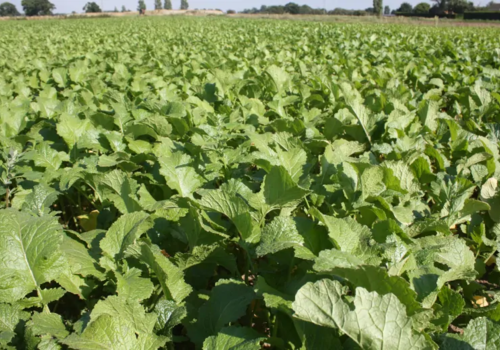Agricultural grass seed plays a crucial role in UK farming, whether for livestock grazing, silage, hay production, or land conservation. Selecting the right seed mix can significantly impact yield, animal health, and soil fertility.
What is Agricultural Grass Seed?
Agricultural grass seed refers to specially developed seed mixtures designed for pastureland, hay fields, and silage production. These seeds are selected for their ability to thrive in different soil types, to resist disease, and to provide high-nutrient forage for livestock. The main types of agricultural grasses used in the UK include:
• Perennial ryegrass – the most commonly used grass in UK agriculture, known for its rapid growth, resilience, and high nutritional value.
• Timothy grass – ideal for colder regions and valued for its palatability, making it a great choice for cattle and horses.
• Meadow fescue – offers excellent winter hardiness and provides high-quality forage.
• White and red clover – often included in seed mixes to improve nitrogen fixation, enhancing soil fertility and reducing the need for synthetic fertilisers.
What to Look for When Choosing Agricultural Grass Seed
Choosing the right grass seed depends on your farm's specific needs. Consider the following factors:
• Purpose of the grassland - if you require grass for grazing, look for persistent species with high regrowth potential, such as BS Permanent Pasture with Clover Grass Seed. For silage or hay production, opt for species that provide high dry matter yields (BS Haymaker - 3-5 yrs Ley Mixture), and for overseeding worn-out pasture, choose a mix such as BS Overseeder - Grazing Ley Mixture with quick-establishing ryegrasses to maintain productivity.
• Soil type and drainage - heavy clay soils benefit from mixes like BS MeadowMax - Old Fashioned, 5+ yrs Ley Mixture, that will tolerate wet conditions, while sandy or free-draining soils may require drought-resistant mixes like BS Sprinter - 1 year Ley Mixture.
• Climate and weather conditions - wet and cold regions should favour Timothy grass and meadow fescue, which perform well in cool, damp conditions. Warmer, drier areas should include drought-tolerant species to ensure consistent growth.
• Longevity and persistence - Italian ryegrass, included in BS Sprinter - 1 year Ley Mixture grows quickly but lacks longevity, making it ideal for short-term leys (1-2 years). Medium-term leys (2-3 years) feature hybrid ryegrass, as seen in BS Cutter - 2-3 yrs Ley Mixture, for a balance of yield and persistence. Long-term pasture mixes (5+ years) like BS Meat & Milk - 5 yrs+ Ley Mixture include perennial ryegrass and clover for sustained productivity.
• Nutritional value and livestock suitability - dairy farmers may prioritise high-sugar ryegrasses such as BS Cut and Graze - 3-5 yrs Ley Mixture, to improve milk yield. Sheep and cattle farmers should focus on digestible, palatable mixes, like BS Permanent Pasture - without Clover, 5+ yrs Ley Mix, that support weight gain and overall health.
Factors to Consider Before Sowing Agricultural Grass Seed Mixtures
Once you have selected the ideal agricultural grass seed, successful establishment will depend on the following key factors:
• Soil preparation - conduct a soil test to determine pH and nutrient levels. Grass thrives best in soils with a pH between 6.0 and 6.5. Apply lime if the soil is too acidic or fertiliser to correct nutrient deficiencies. Ensure the seedbed is well-drained, level, and free of weeds before sowing.
• Seed sowing methods - broadcasting involves spreading seed evenly over the land, typically followed by rolling to ensure good soil contact, and drilling. Drilling is a more precise method that places seeds at a consistent depth, improving germination rates.
• Timing of sowing - Spring sowing (March to May) allows for strong establishment before winter but requires good moisture availability. Autumn sowing (August to October) takes advantage of warm soil temperatures and reliable rainfall, leading to better root development.
Post-Sowing Management
• Roll the soil after sowing to ensure good seed-to-soil contact.
• Avoid overgrazing newly sown pastures, allowing at least six weeks for the grass to establish.
• Control weeds through mowing or selective herbicides, if necessary, to prevent competition.
Selecting the right agricultural grass seed is essential for productive and sustainable farming and at Boston Seeds, we have over 20 years’ experience in the supply of top quality agricultural grass seed. To find out more, contact our friendly sales team by email or telephone on 01205 280069.
